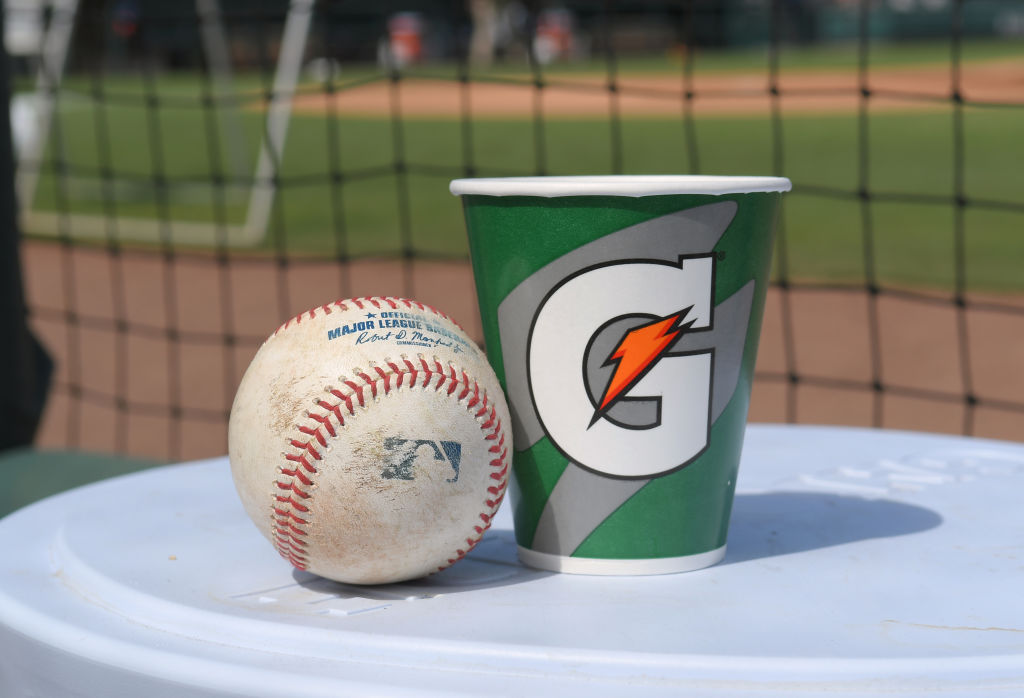MLB
How Do Baseball Teams Make Money and Pay Players?

Part of the appeal of Major League Baseball is the game’s timeless nature. While things have evolved over the years, America’s pastime is more or less the same game it has always been. One significant difference, however, is the money. Not only do the teams bring in massive sums each season, but they dish out plenty of cash to their players.
While everyone knows that there’s a massive financial side to the game, it’s less apparent how the sausage is made. So how do Major League Baseball teams make money and pay their players?
How do Major League Baseball teams make money?
As the owner of the Cleveland Browns, Art Modell famously observed that the NFL consists of “a bunch of fat-cat Republicans who vote socialist on football.” While things might not be as drastic in Major League Baseball, a similar concept applies.
On the most basic level, Major League Baseball teams earn money from a few main sources. Television deals, both on a local and national level, pay handsomely; licensing also exists on both a league-wide and team-based level. There’s also a game-day component to revenue; ticket sales, concessions, souvenirs, may seem small in isolation, but add up over the course of a season.
Major League Baseball, however, also has revenue sharing. While the amount varies with each Collective Bargaining Agreement, teams contribute a set percentage of their local net revenue—and selected other amounts, like competitive balance tax payments— to a total pool, which is then divided equally among all 30 clubs. The goal is to ensure that big market organizations can’t flex too large of an advantage over those in smaller cities.
Which MLB teams bring in the most money?
Despite Major League Baseball’s revenue-sharing efforts, most of the league’s money is concentrated in big markets. Location, combined with on-field success, is a winning combination.
Unsurprisingly, the New York Yankees lead the way; according to Forbes, the club’s revenue clocked in at $668 million last season. They’re followed by the Los Angeles Dodgers ($549 million), the Boston Red Sox ($516 million), the San Francisco Giants ($462 million), and the Chicago Cubs ($452 million).
At the opposite end of the spectrum, the Oakland A’s brought in the league’s lowest amount of money last season: $218 million. That reality shows the scale of professional sports; even the “small market” teams bring in hundreds of millions each year.
What about paying the players?
As you might assume, a sizable chunk of each MLB team’s money goes directly into payroll. This season, for example, the New York Yankees will spend a league-leading $246,154,171 on their players; the Baltimore Orioles have the lowest total payroll, only laying out $45,508,782.
While there are some quirks, especially when it comes to rookie deals, Major League Baseball player contracts work fairly similar to those in other sports. The base salary is guaranteed and paid out twice a month during the regular season; during the playoffs, the players receive a “postseason share,” which comes from an increasing portion of the game’s gate receipts each round. Contracts can also include the standard add-ons, like signing bonuses and performance-based incentives.
While the NFL might rule the roost, one thing is certainly clear: Major League Baseball is still a big business.











